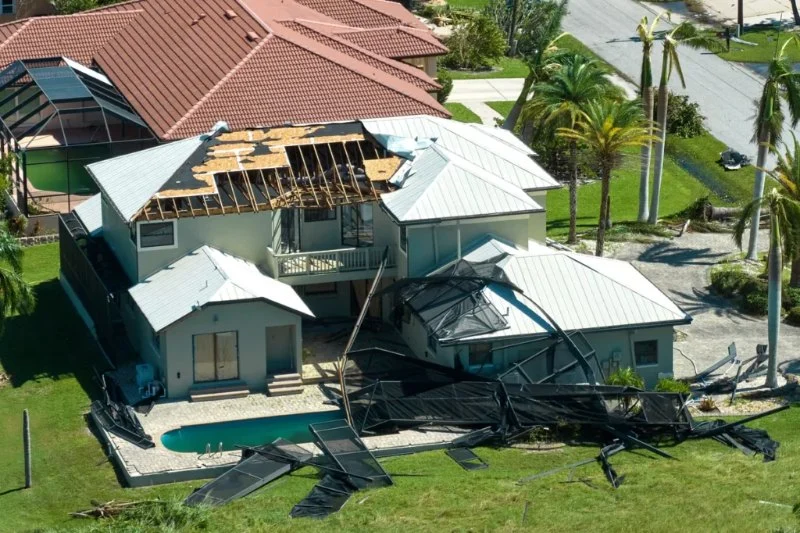
1. Understanding Roof Lifespan in Hurricane-Prone Areas
In hurricane-prone areas, roofs are subject to extreme weather conditions that can significantly shorten their lifespan. Understanding the factors that affect a roof’s durability and longevity is crucial for homeowners and business owners in these regions. Factors like the materials used, the quality of installation, and ongoing maintenance all play a role in how long a roof will last in the face of strong winds, heavy rains, and the occasional storm surge.
2. The Impact of Hurricanes on Roofs
Hurricanes are some of the most powerful natural disasters, capable of causing immense damage to homes and buildings. The wind speeds and water exposure during a hurricane can weaken roofing materials and lead to extensive damage. Shingles may be torn off, structural supports weakened, or the roof deck itself may become compromised. It's essential to consider these risks when selecting roofing materials and when planning for regular maintenance.
2.1 Wind Speed and Roof Damage
Roof damage from hurricanes typically begins with high winds. Roofs that are not built to withstand wind speeds of 130 mph or more can suffer from blow-offs and leaks. For example, a 2018 hurricane in Florida caused massive destruction, with roofs being lifted off completely in several areas. Choosing roofing materials designed for higher wind resistance can minimize the extent of such damage.
2.2 Water Exposure and Its Effects
In addition to wind, hurricane rain and storm surges contribute to roof wear and tear. Constant exposure to moisture can cause wood rot, mold, and rust in metal roofing components. It is crucial to ensure that the roof is properly sealed and that gutters and downspouts are clear of debris to prevent water from collecting on the roof. This proactive maintenance will extend the lifespan of your roof significantly.
3. Choosing the Right Roofing Materials for Hurricane-Prone Areas
The materials used to construct your roof play a critical role in its ability to withstand hurricanes. While asphalt shingles are commonly used, they may not always be the best choice in areas prone to hurricanes. Stronger materials like metal roofing, concrete tiles, or impact-resistant shingles offer better protection against extreme weather.
3.1 Metal Roofing
Metal roofs are highly resistant to both wind and rain. They can withstand winds of up to 140 mph, making them one of the best choices for hurricane-prone areas. Additionally, they are durable, require little maintenance, and have a long lifespan compared to traditional shingles. If you live in an area that frequently experiences hurricanes, investing in a metal roof could provide you with long-term peace of mind.
3.2 Impact-Resistant Shingles
Impact-resistant shingles are specifically designed to endure the high winds and flying debris that are common in hurricanes. These shingles are tested for their resistance to impact and have been proven to reduce the likelihood of roof damage during storms. While they are often more expensive than standard asphalt shingles, the investment can pay off by prolonging the life of your roof and preventing costly repairs.
4. Importance of Roof Maintenance
Routine roof maintenance is essential to keeping your roof in good condition. In hurricane-prone areas, performing regular checks can help identify and fix minor issues before they become major problems. Regular maintenance helps ensure that your roof is ready to withstand the harsh elements associated with hurricanes.
4.1 Annual Inspections
One of the most effective ways to extend the lifespan of your roof is to schedule an annual inspection with a professional roofing contractor. Inspections can catch early signs of damage, such as loose shingles, rust, or cracks, before a storm hits. For instance, after the devastation of Hurricane Katrina, many homeowners found that pre-storm inspections could have saved their roofs from total failure.
4.2 Regular Cleaning and Repairs
Keeping your roof clean by removing debris like leaves and branches prevents blockages that could lead to water accumulation. It’s also important to check the seals around chimneys, vents, and skylights. Repairing any damage as soon as it occurs can prevent further issues when hurricanes arrive.
5. Real-Life Case: The Effectiveness of Hurricane-Resistant Roofing
Consider the case of a homeowner in Texas who installed a metal roof just months before Hurricane Harvey made landfall. Despite the storm’s intensity, the roof remained intact, and the house sustained little to no water damage. On the other hand, homes with traditional asphalt shingle roofs experienced significant damage, and many required costly repairs. This case illustrates the importance of choosing durable materials for homes in hurricane-prone regions.
6. Recommendations for Homeowners
If you live in a hurricane-prone area, it's crucial to take the necessary steps to protect your roof. Invest in high-quality materials like metal or impact-resistant shingles, ensure proper installation, and maintain regular inspections. You can also find reliable services and products at BeachCo Roofing Hub, which specializes in providing roofing solutions tailored to withstand the harshest weather conditions.


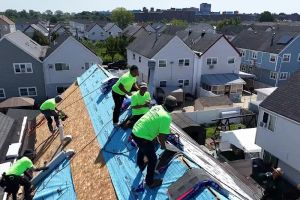
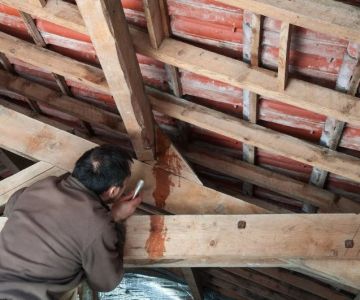
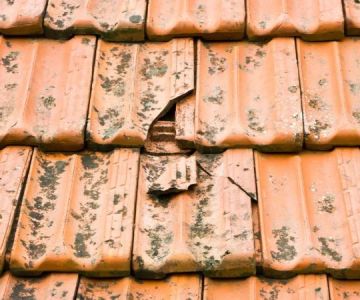

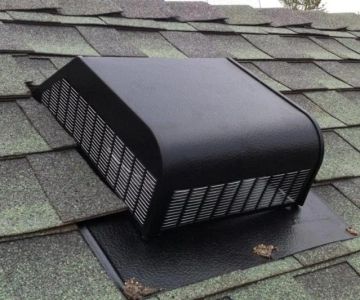
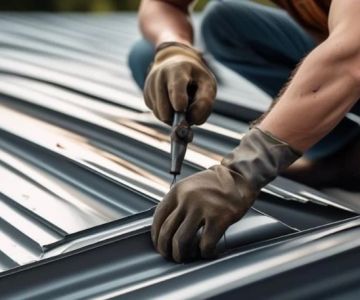
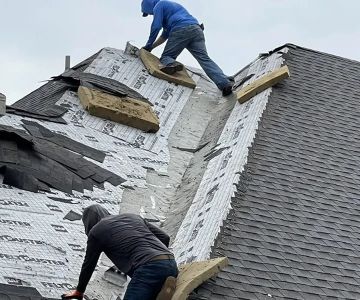
 L&S Roofers0.0 (0 reviews)
L&S Roofers0.0 (0 reviews) New Path Roofing5.0 (47 reviews)
New Path Roofing5.0 (47 reviews) Safeguard Roofing5.0 (551 reviews)
Safeguard Roofing5.0 (551 reviews) All Roofing Contractors5.0 (5 reviews)
All Roofing Contractors5.0 (5 reviews) NJ Roofing Specialists0.0 (0 reviews)
NJ Roofing Specialists0.0 (0 reviews) Martin & Sons Roof Repair4.0 (27 reviews)
Martin & Sons Roof Repair4.0 (27 reviews) What is a Roofing Square? How to Convert Measurements for Your Project
What is a Roofing Square? How to Convert Measurements for Your Project How to Install a Roof Cricket Behind a Rooftop Stairwell Enclosure
How to Install a Roof Cricket Behind a Rooftop Stairwell Enclosure The Average Cost of a Roof Warranty Transfer When Selling a Home
The Average Cost of a Roof Warranty Transfer When Selling a Home What is a Roofing Material Sustainability Certification? (e.g., LEED, Cool Roof)
What is a Roofing Material Sustainability Certification? (e.g., LEED, Cool Roof)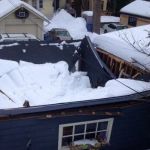 Roof Snow Load Calculation: How to Know if Your Roof is at Risk
Roof Snow Load Calculation: How to Know if Your Roof is at Risk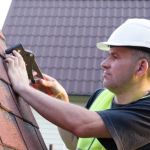 Common Roofing Scams and How to Avoid Them: High-Pressure Sales and Free Inspections
Common Roofing Scams and How to Avoid Them: High-Pressure Sales and Free Inspections